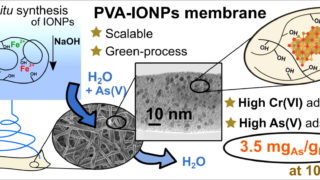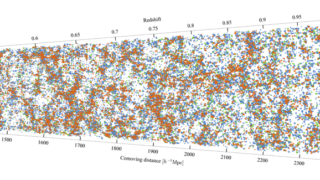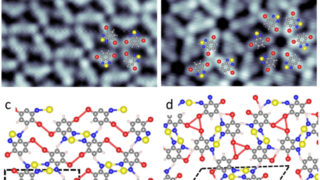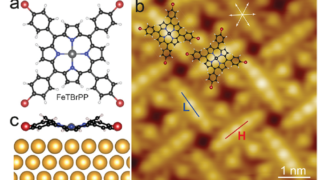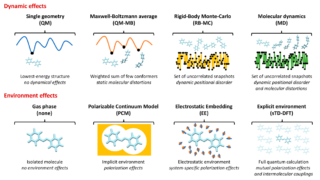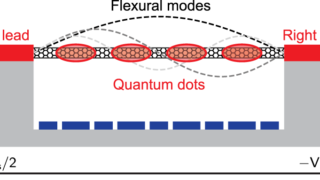
Correlated electron-phonon physics in nanotube quantum simulators
In the search for novel materials, the simulation of quantum matter is an extremely demanding computational task, which is expected to profit substantially from the surge of quantum technologies. Quantum algorithms for programmable quantum computers offer the most flexible approaches, but tailor-made quantum simulators are particularly well suited for large-scale simulations. For instance, tremendous efforts […]
